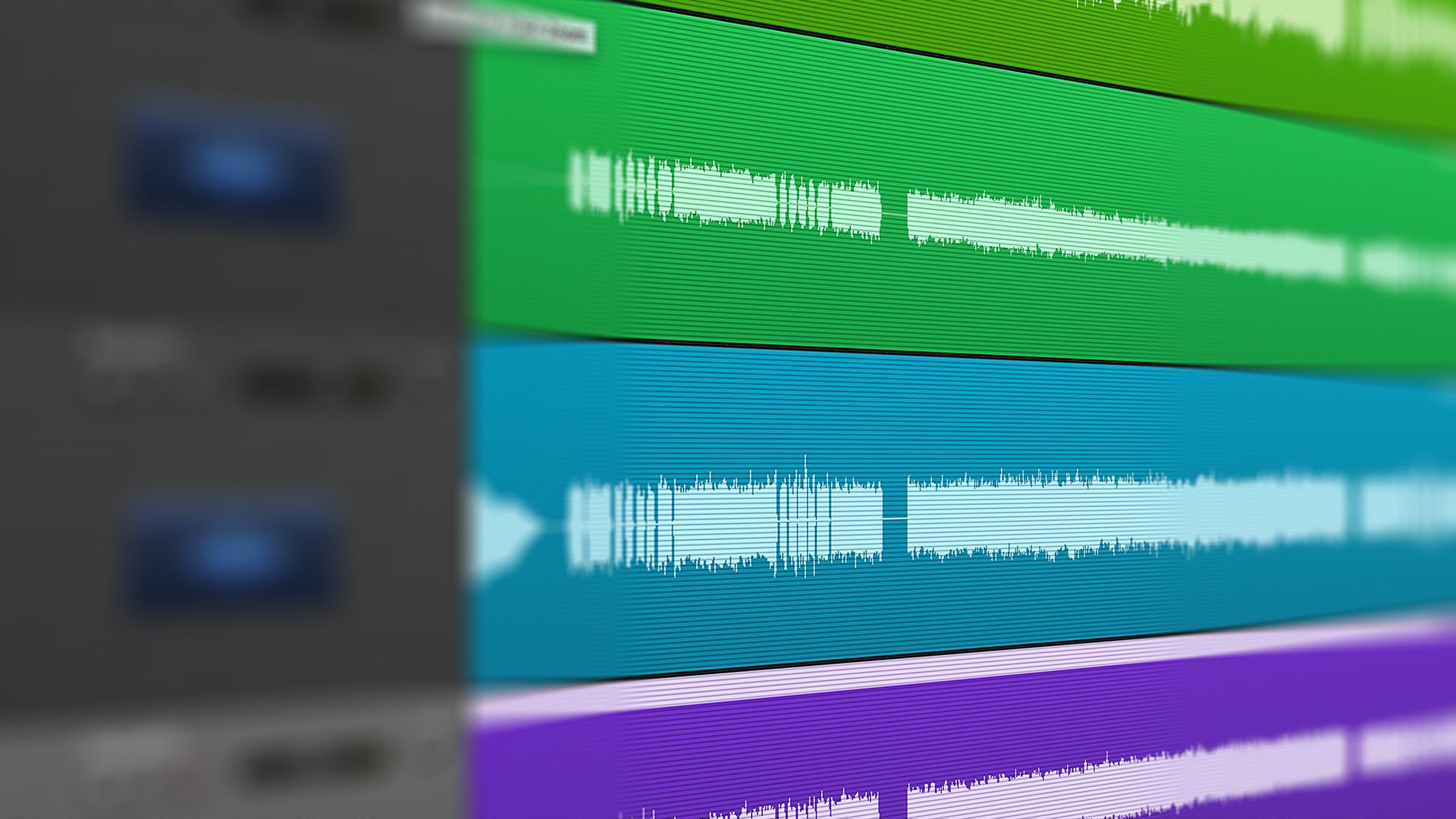The Missing Link: What Most Amp Sims Get Wrong in Shaping Guitar Tone
Setting the Stage: Amp Sims in Music Production
In the world of music production, amplifier simulators, or amp sims, have become an essential tool for guitarists and producers alike. These digital tools emulate the sound and behavior of real guitar amplifiers, allowing musicians to achieve a wide variety of tones without the need for physical amps. However, it's important to consider the wide variance of Direct Input (DI) signals from different guitars, which can be affected by factors such as pickup type, configuration, height, wood type, strings, and circuit layouts. While amp sims offer many benefits, such as convenience, affordability, and versatility, they often fall short when it comes to replicating the polished guitar tones heard on professional recordings, particularly when dealing with the inconsistencies of DI signals. In this article, we'll explore the limitations of most amp sims and discuss the importance of advanced mixing tools for shaping guitar tone in your music production.

The Limitations of Most Amp Sims
While amp sims have revolutionized the way guitarists and producers shape their guitar tones, many of them lack certain features that are crucial for achieving the polished sound heard on professional recordings. Two of the most notable limitations are:- Lack of built-in advanced dynamic EQ: Dynamic equalization is a powerful mixing tool that allows engineers to shape the frequency response of an audio signal in real-time, based on its amplitude. Many amp sims lack built-in dynamic EQ, which is often used by mixing engineers to control resonant frequencies and tame harshness in guitar tones.
- Absence of low-range frequency compressors and other mixing tools: Compression is another essential mixing tool used by engineers to manage the dynamic range of audio signals. Most amp sims do not include low-range frequency compressors, which are crucial for controlling low-end energy and maintaining a balanced mix.
In the next section, we'll delve deeper into the importance of these mixing tools for achieving record-quality guitar tones and how they can complement the capabilities of amp sims.

The Importance of Mixing Tools for Guitar Tone
To achieve the professional guitar tones heard on records, it's important to understand the role of advanced mixing tools and how they complement the capabilities of amp sims.- How mixing engineers use dynamic EQ and compressors for shaping guitar tone: Mixing engineers often use dynamic EQ to address problematic frequencies in real-time, making the guitar tone sit better in the mix without causing frequency masking or clashing with other instruments. Additionally, compressors are used to manage the dynamic range of the guitar, adding sustain, and helping the instrument cut through the mix. These tools play a vital role in shaping the final guitar tone on a recording.
- Achieving record-quality guitar tones with additional mixing tools and DI matching: While amp sims can provide a solid foundation for your guitar tone, they often lack the advanced features needed to take your sound to the next level. By incorporating dynamic EQ and low-range frequency compressors into your signal chain, you can better control the guitar's frequency response and dynamics, achieving a more polished and professional tone. Additionally, using tools like Toneforge Disruptor's DI Match Technology can help you capture a spectral image of your source DI and match it to any other DI profile of your choosing, allowing you to better adapt to the inconsistencies of different guitar DI signals.
Understanding the importance of these mixing tools and their role in shaping guitar tone is crucial for creating mixes that can stand up to professional recordings. In the next section, we'll discuss some solutions and alternatives for overcoming the limitations of most amp sims.
Solutions and Alternatives
To address the limitations of most amp sims, consider these solutions and alternatives:- Using third-party plugins alongside amp sims: Many third-party plugins can help you achieve professional guitar tones by adding the missing advanced features to your signal chain. Look for dynamic EQ and low-range frequency compressor plugins, as well as any other mixing tools that can help you shape your guitar tone more effectively.
- Selecting amp sims with built-in advanced features: Some amp sims include more advanced built-in features, such as dynamic EQ and compressors, providing a more comprehensive solution for shaping guitar tones. These amp sims may have a steeper learning curve, but they can save you time and effort by incorporating essential mixing tools directly into the software. Check out Toneforge, as an example.
- Utilizing DI matching tools for improved guitar tone consistency: To tackle the issue of varying DI signals, consider using tools like Toneforge Disruptor's DI Match Technology. This feature allows you to capture a spectral image of your source DI and match it to any other DI profile, providing you with greater control over the tonal characteristics of your guitar and ensuring a more consistent sound across different instruments.
By exploring these solutions and alternatives, you can work around the limitations of most amp sims and achieve the polished, professional guitar tones you're striving for in your music production.

Mastering Your Guitar Tone: Final Thoughts
The world of amp sims offers endless possibilities for crafting unique and inspiring guitar tones. However, it's important to recognize their limitations and understand the role of advanced mixing tools in achieving the professional sound heard on records. By incorporating dynamic EQ, low-range frequency compressors, DI Match, and other essential mixing tools into your workflow, you can elevate your guitar tone to new heights.Don't be afraid to experiment and explore the world of third-party plugins or seek out amp sims with advanced built-in features. Mastering these techniques will ultimately help you create polished, professional-sounding guitar tones that stand out in your music production.










